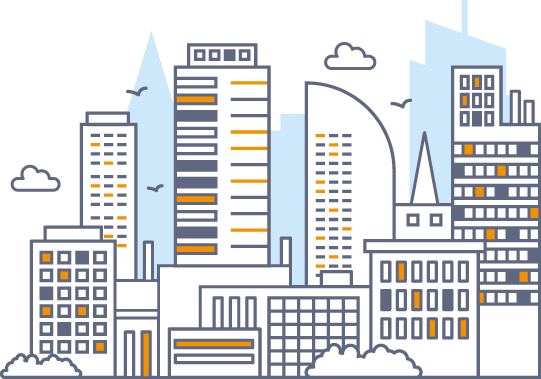
Smart City Initiatives Saving City Dollars
Wednesday, January 04, 2017
Cities worldwide are feeling the pressure of growing populations with increased burdens on infrastructure and resources.
A larger population means a greater consumption of resources such as water and energy as well as an increased demand for emergency services, healthcare and education.
The challenges faced by the government and municipal planners could be reduced by smart city initiatives. Instead of building new infrastructure to cater for a larger population, existing resources could be used more intelligently.
Smart City technology such as road sensors, smart street lighting, and e-health when used effectively can not only save the City money but also provide a solution to the growing population.
“Smart Cities utilize their existing infrastructure and resources and enhance them with technology, in doing so they can not only reduce the burden on City resources but can gain return on their investment” commented Nick Whittaker CTO at SiFi Networks.
“Smart City technology can enable better delivery of services as well as allowing opportunity for the City to actively engage with their citizens without increasing the physical burden on their infrastructure and resources.” Added Whittiker.
Los Angeles converted 215,000 street lights to LED smart lights which now generates $9million in savings annually for the City, they will therefore pay for themselves in 6 years’ time.
San Antonio, Texas has connected traffic lights to build efficiency in traffic management which has, according to Hugh Miller, Chief Information and technology officer, saved hundreds of millions of dollars each year in energy and lost time.
Smart City features have also helped San Antonio during heavy outbursts of rain. Smart LED lighting can be switched on during a rainstorm helping drivers with visibility in an attempt to reduce road accidents.
Barcelona saves $58million annually with Smart water technology.
San Francisco’s parking app allows smartphone users to find available parking spaces which has had a significant impact on traffic patterns. Data shows that 30% of traffic congestion is due to drivers looking for parking spaces according to the Intelligent Transportation Society of America.
Chicago uses predictive analytics to determine where to place bait for rats by listing dumpsters which are most likely to be overflowing, the City is now according to Tom Schenk, Chief Data Officer for Chicago, 20% most effective in controlling the rodents.
Sangdo, a Smart City in South Korea has cut energy and water by 30% compared to what a similar sized City would use without Smart City features. All of their garbage is sent underground through a pneumatic process. Parents can also connect with schools through telepresence. These are just some of the features the City benefits from.
SiFi Networks funds, builds and operates fiber optic networks enabling Smart City initiatives. By carefully planning a fiber optic network and the Smart City technology, not only will the return on investment be achieved but the City could flourish economically whilst being well equipped for future growth.

